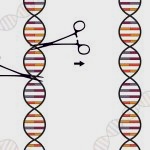
News • Genome instability
Gene editing via CRISPR/Cas9 can lead to cell toxicity
Researchers identify critical spots on the genome where gene editing could cause an unwanted response, and they provide recommendations for safer approaches.

Researchers identify critical spots on the genome where gene editing could cause an unwanted response, and they provide recommendations for safer approaches.

A comprehensive assessment of scientific literature has uncovered empirical evidence that more than 58% of human diseases caused by pathogens, such as dengue, hepatitis, pneumonia, malaria, Zika, have been aggravated by climatic hazards.
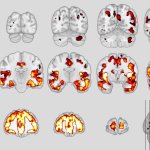
Researchers for the first time compared schizophrenia and frontotemporal dementia, disorders that are both located in the frontal and temporal lobe regions of the brain.
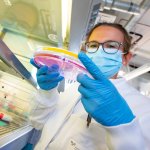
Researchers have developed adeno-associated virus variants that target heart muscle cells and can thus be used for the precise treatment of heart diseases.
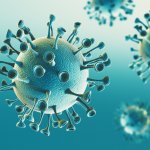
Researchers propose a new Covid-19 vaccine that specifically instructs the immune system to produce T-cells rather than antibodies - a promising alternative for people with a weakened immune system.

Global warming could be especially dangerous for diabetes patients, a new study shows: Exposure to extreme heat was linked with more hospitalizations for diabetes-associated pathologies.

It is often believed that a close relationship between owners and their dogs can bring many mental health benefits to owners, but findings from a new study paint a more complicated picture.

Long Covid sufferers have experienced a wider set of symptoms than previously thought including hair loss and sexual dysfunction, new research has found.

Muscle strength is a powerful predictor of mortality that can quickly and inexpensively be assessed by measuring handgrip strength, researchers show in a new study.
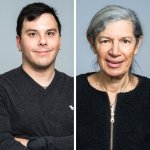
Indwelling catheters through the urethra often cause bacterial infections. A newly discovered synthetic peptide is a promising treatment option, even against antibiotic-resistant pathogens.

A sensor identifies misfolded protein biomarkers in the blood. This offers a chance to detect Alzheimer's disease before any symptoms occur. Researchers intend to bring it to market maturity.
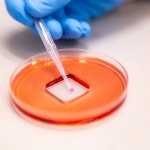
A sprayable coating that can prevent the surface spread of infection from bacteria and viruses – including Covid-19 – over a sustained period has been developed by Australian researchers.
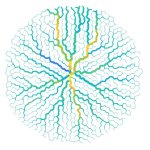
Networks adapt over time and in this way form a kind of memory. German researchers show that the structure of blood vascular network is dynamic and can adapt to external factors.

Researchers have been able to produce antibodies to the SARS-CoV-2 spike protein in hen eggs. Antibodies harvested from eggs might be used to treat Covid-19 or as a preventative measure.
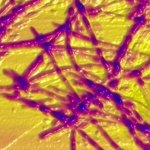
Copper exposure in the environment and the protein alpha-synuclein in the human brain could play an important role in the pathogenesis of Parkinson's disease, researchers found.

Older people with hypothyroidism, also called underactive thyroid, may be at increased risk of developing dementia.

A new type of vaccine provides protection against a variety of SARS-like betacoronaviruses, including SARS-CoV-2 variants, in mice and monkeys, according to a new study.
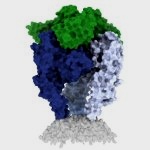
Scientists shared one of the first high-resolution looks at the rabies virus glycoprotein in its vulnerable 'trimeric' form, revealing potential vaccine targets.

Artificial intelligence can help diagnose acute heart failure with more accuracy than current blood tests alone, research suggests.
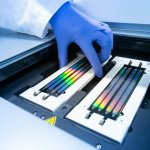
Recovery from severe Covid-19 is characterized by a reduction of certain white blood cells and changes in the molecular regulation of the immune system, an international research team found.

Around one in 500 men could be carrying an extra X or Y chromosome – most of them unaware – putting them at increased risk of diseases such as type 2 diabetes, atherosclerosis and thrombosis.

Individuals with diabetes display a substantially increased risk of disease in left-sided heart valves compared to controls without diabetes, a new comprehensive register study shows.
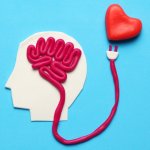
Changes in areas of the brain associated with emotion have been identified in people with Takotsubo syndrome, sometimes known as broken heart syndrome, according to new research.
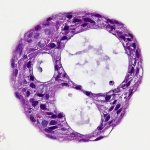
A research group from Kyoto developed two in vitro models to study SARS-CoV-2, and showed that they can be used for drug screening for infectious diseases including Covid-19.

Researchers have shown that aggregation of amyloid-beta, one of two key proteins implicated in Alzheimer’s disease, causes cells to overheat and ‘fry like eggs.’